Overview of Brown-eyed Susan
Rudbeckia triloba is an herbaceous biennial or short-lived perennial with many common names including branched coneflower, thin-leaved coneflower, three lobed coneflower and brown-eyed Susan. It is native to the prairies of the eastern and Midwestern US (New York to Florida, west to Minnesota, Utah and Texas), and is naturalized in open woods and old fields, and on rocky slopes. Brown-eyed Susan is hardy in zones 4a-8b.
The name “triloba” comes from the dark green, somewhat hairy basal leaves that are divided into three oval parts. This plant is similar to the very common black-eyed Susan (R. hirta), but is taller, flowers later and over a longer period of time and has much smaller flowers.
Masses of yellow daisies with brown centers make this a late-season garden standout. Plants burst into bloom in late summer through fall, or until a hard frost.
Plants produce abundant small (1-2″ across), flat, brilliant yellow flowers with button-shaped jet-black centers that fade to brown. The 8-10 ray flowers are proportionally shorter and wider than those of other coneflowers.
Flowers are produced at the ends of many-branched, erect stems with narrow leaves, so the plants are completely covered with blooms. R. triloba grows 2-5 feet tall and 1-1.5 feet wide.
Landscape Use of Brown-eyed Susan
Brown-eyed Susan is ideal for mass plantings in a perennial border or naturalizing in a low-maintenance garden. It combines well with ornamental grasses, especially Miscanthus, but also looks good in any informal garden. It makes an excellent cut flower and is well suited to prairie plantings.
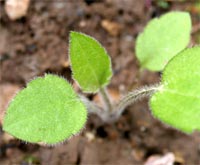
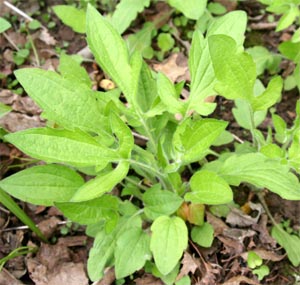
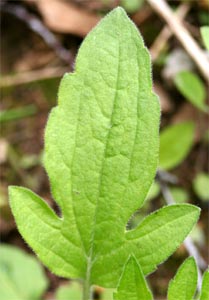
General Care of Brown-eyed Susan
R. triloba is tolerant of most conditions but does best in full sun or light shade in sandy, loamy soil. It prefers moderate moisture, but it is drought tolerant once established. If not supported by other plants, stake before flowering to keep plants from blowing over. Brown-eyed Susan is easy to grow from seed, blooming in its second year. Cutting back the flowers just as bloom finishes may help extend the plant’s life. These plants readily self-sow, making them ideal in naturalized situations.
– Susan Mahr, University of Wisconsin – Madison
Last Update: Bruce Spangenberg, UW-Madison Extension, 2025

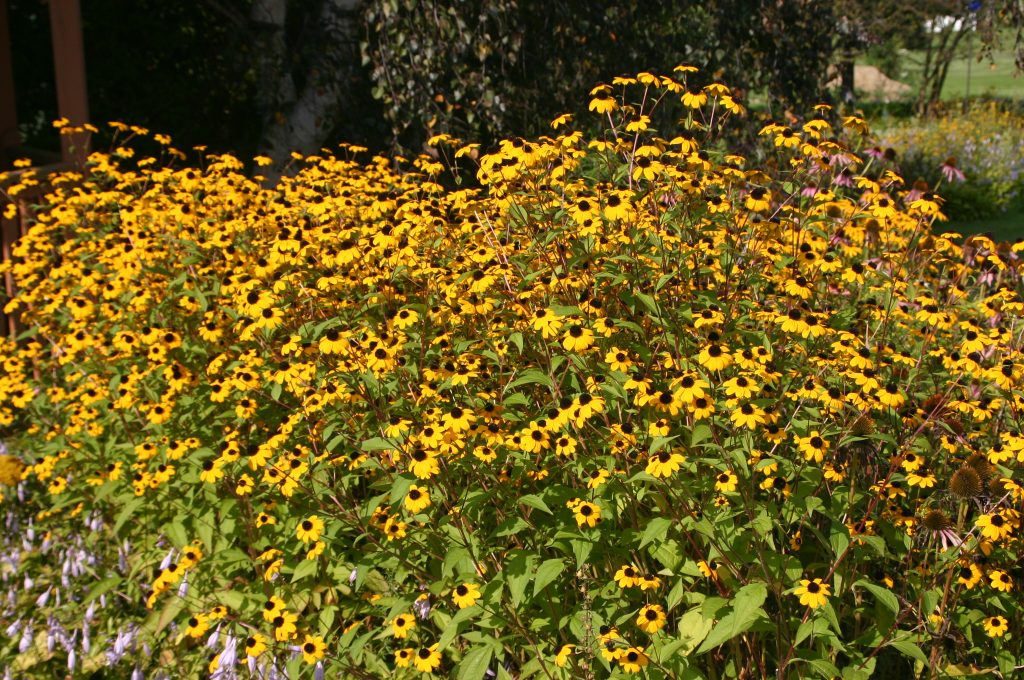
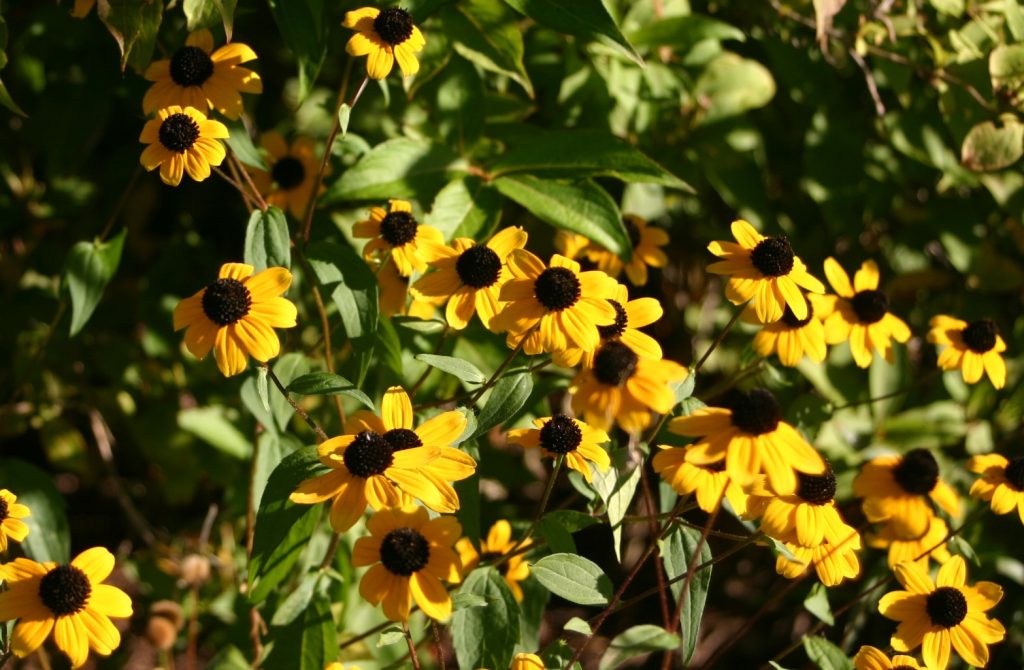
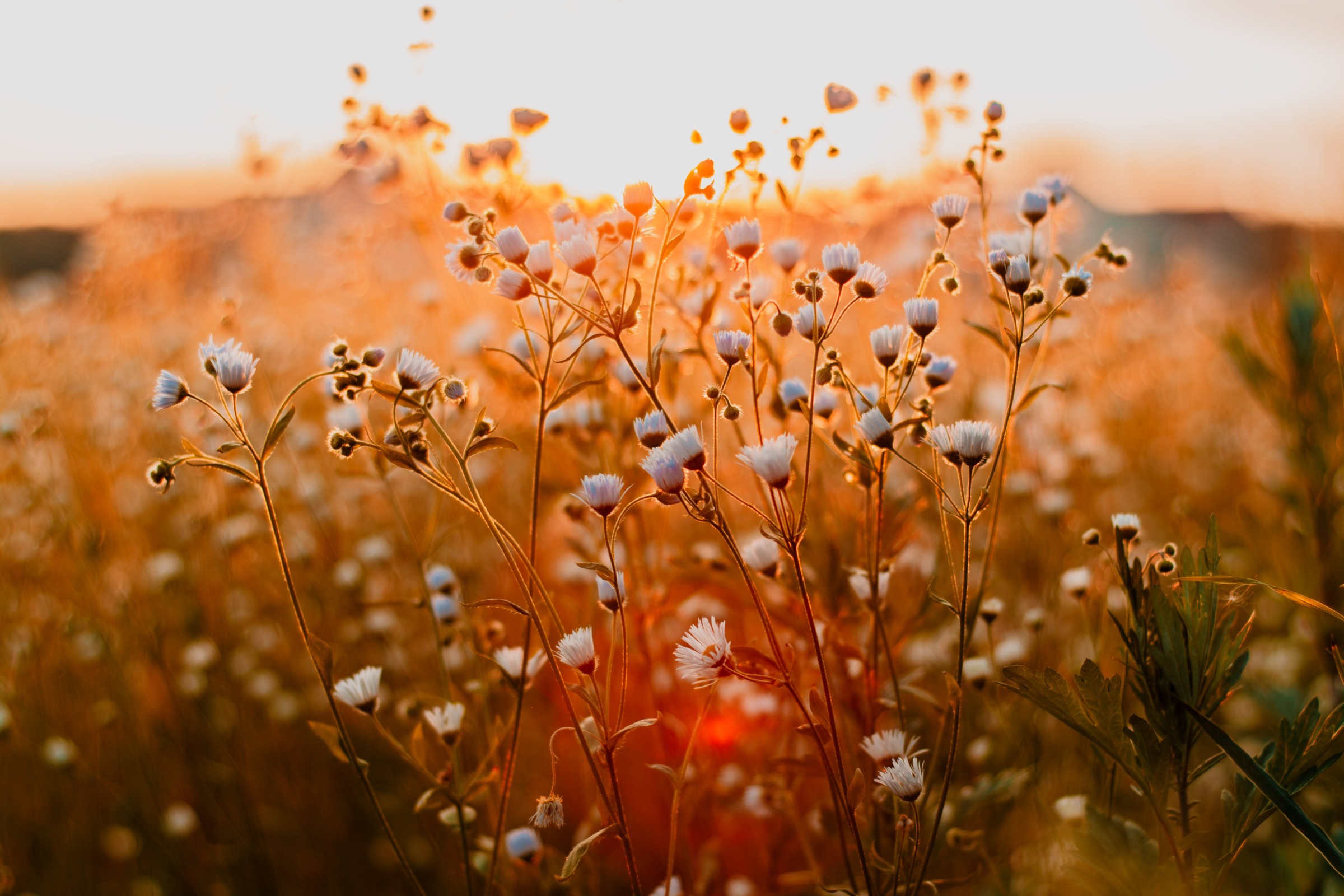
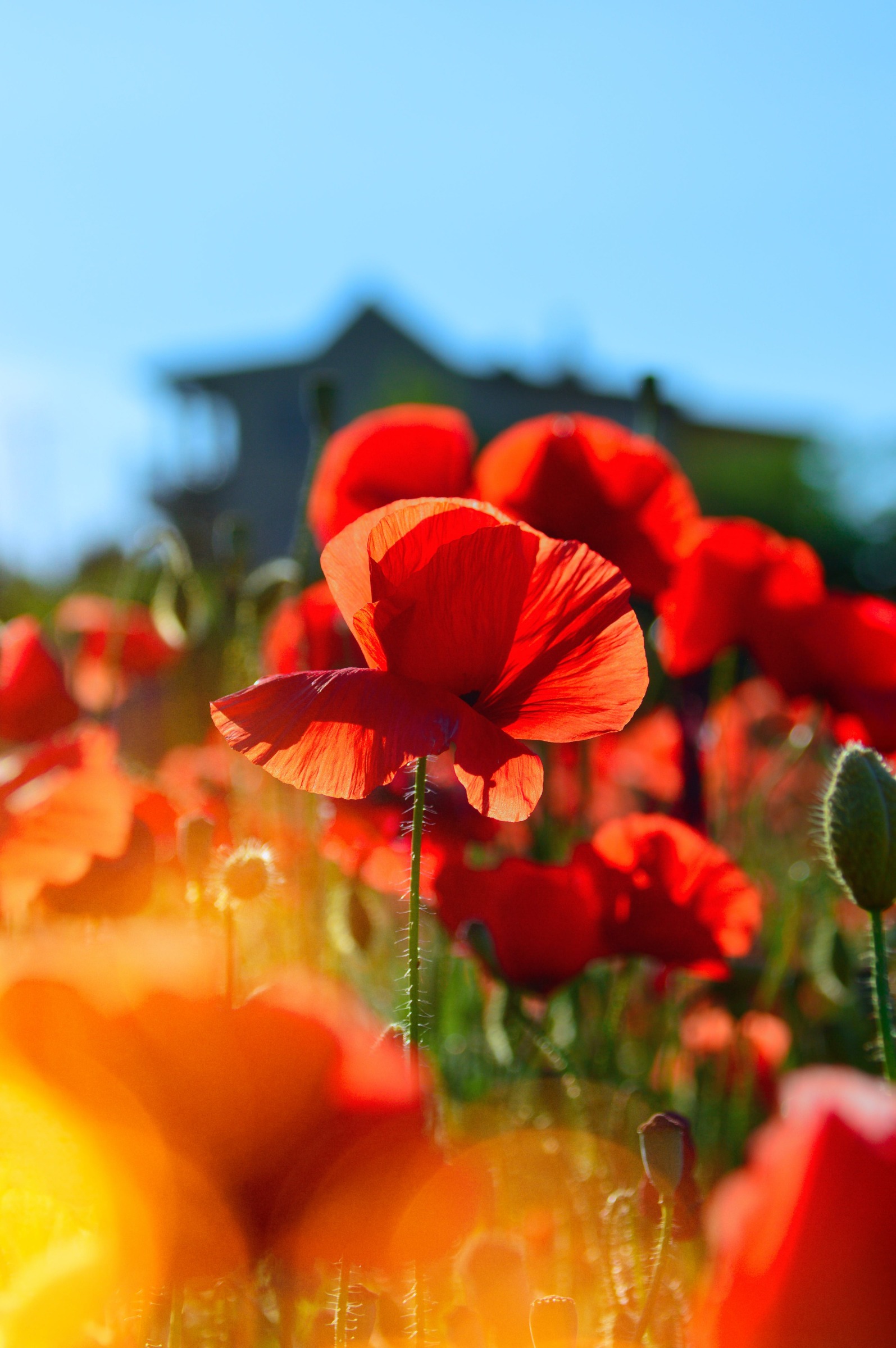
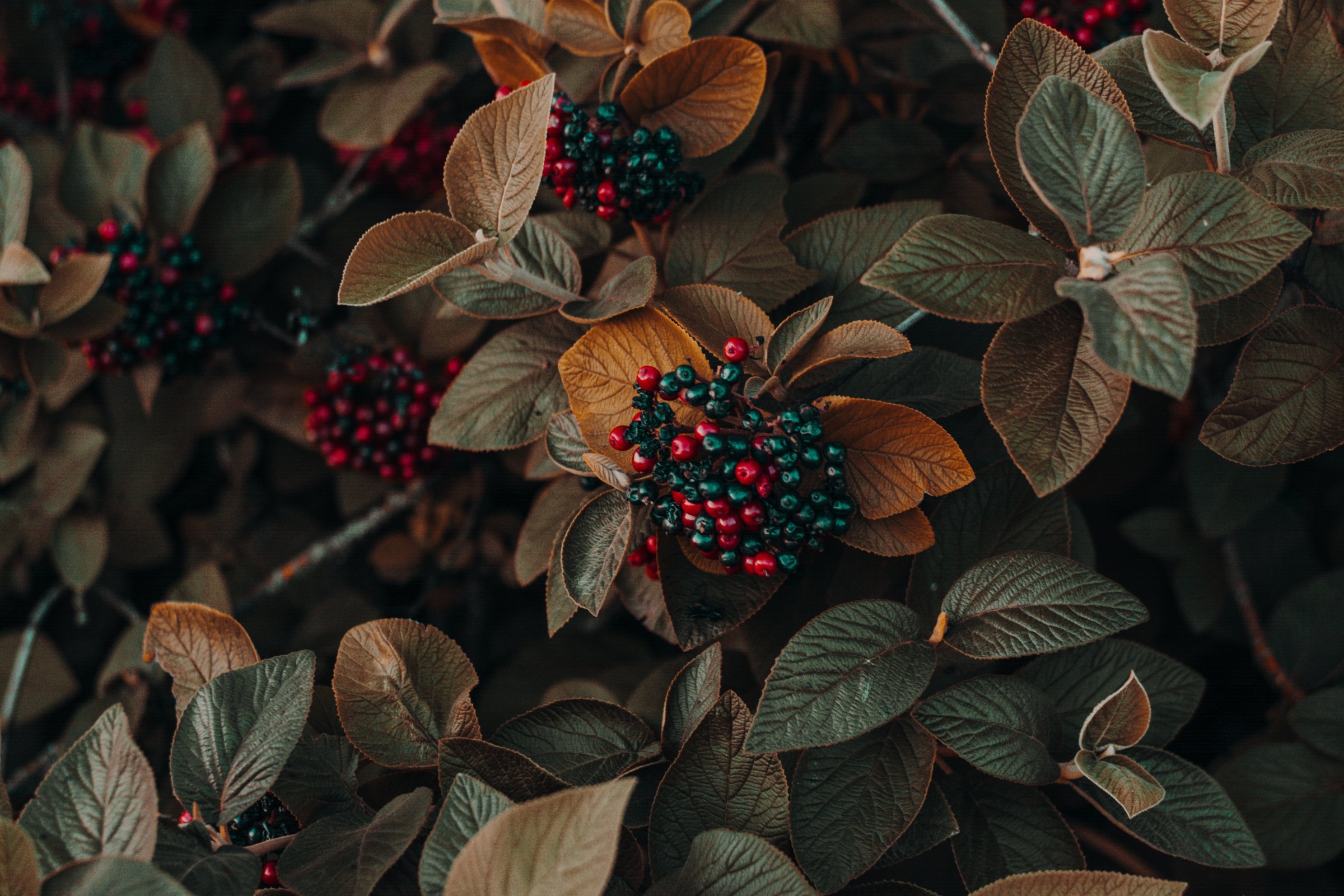
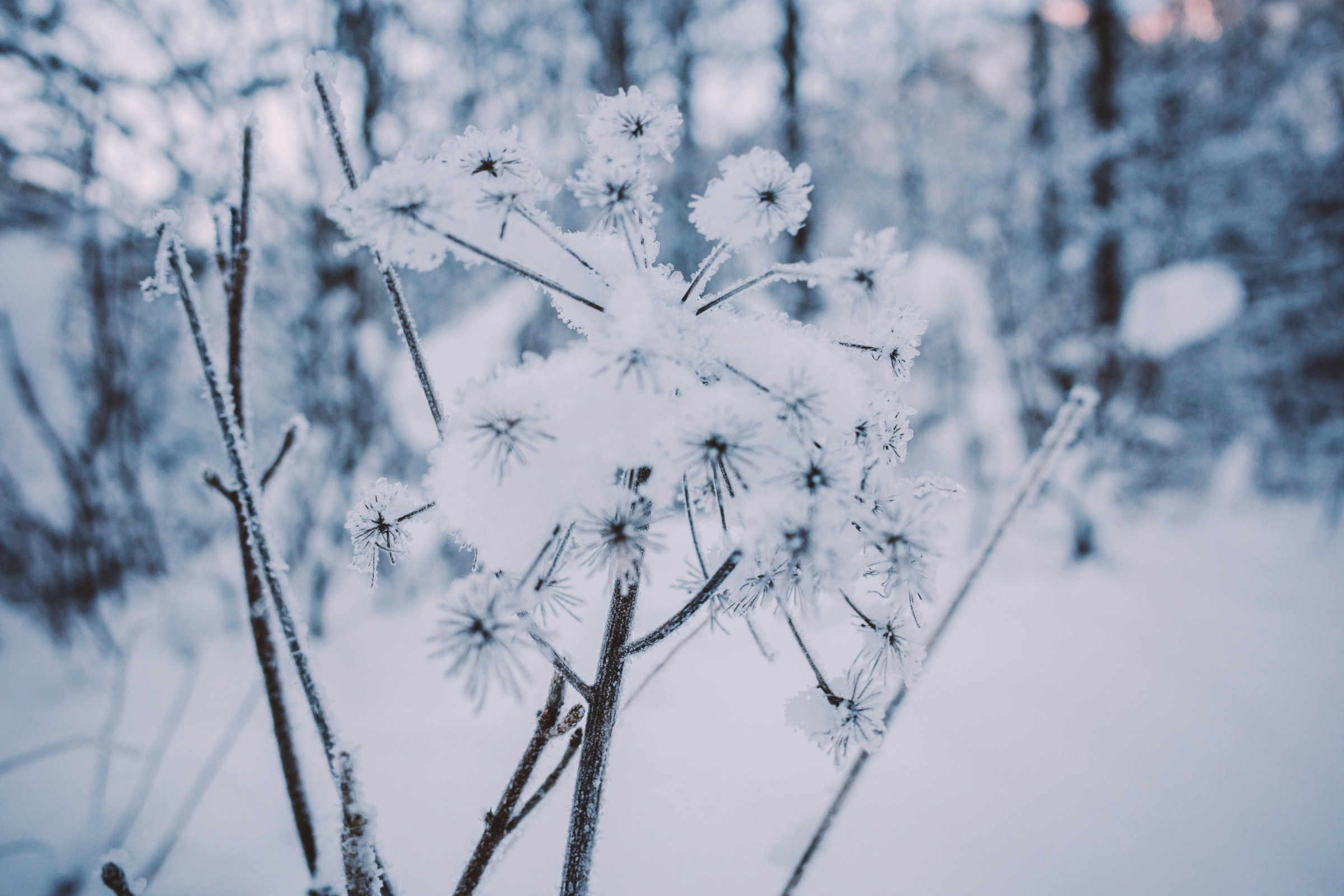
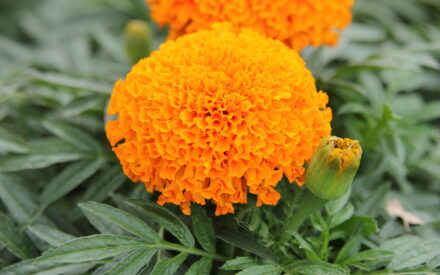 Marigolds
Marigolds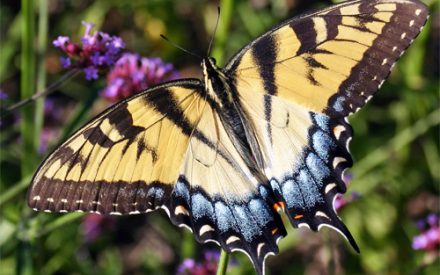 Create a Butterfly Garden
Create a Butterfly Garden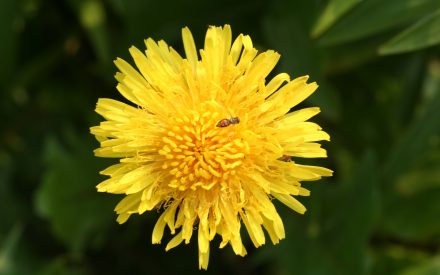 Plant Flowers to Encourage Beneficial Insects
Plant Flowers to Encourage Beneficial Insects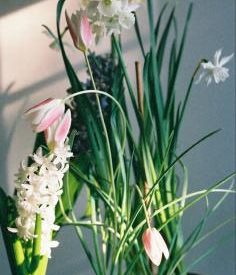 Forcing Bulbs
Forcing Bulbs


